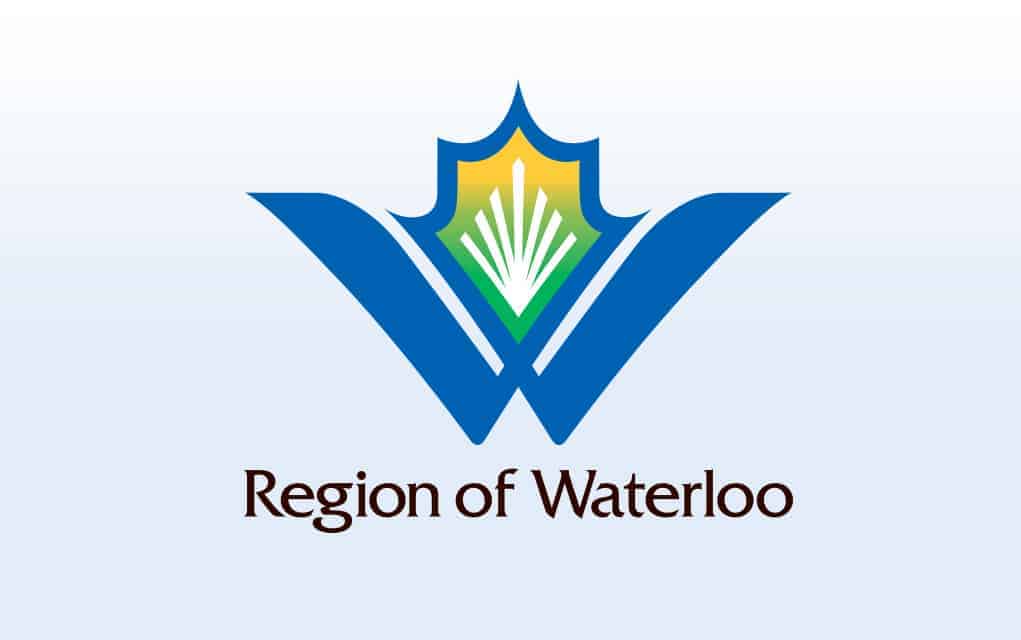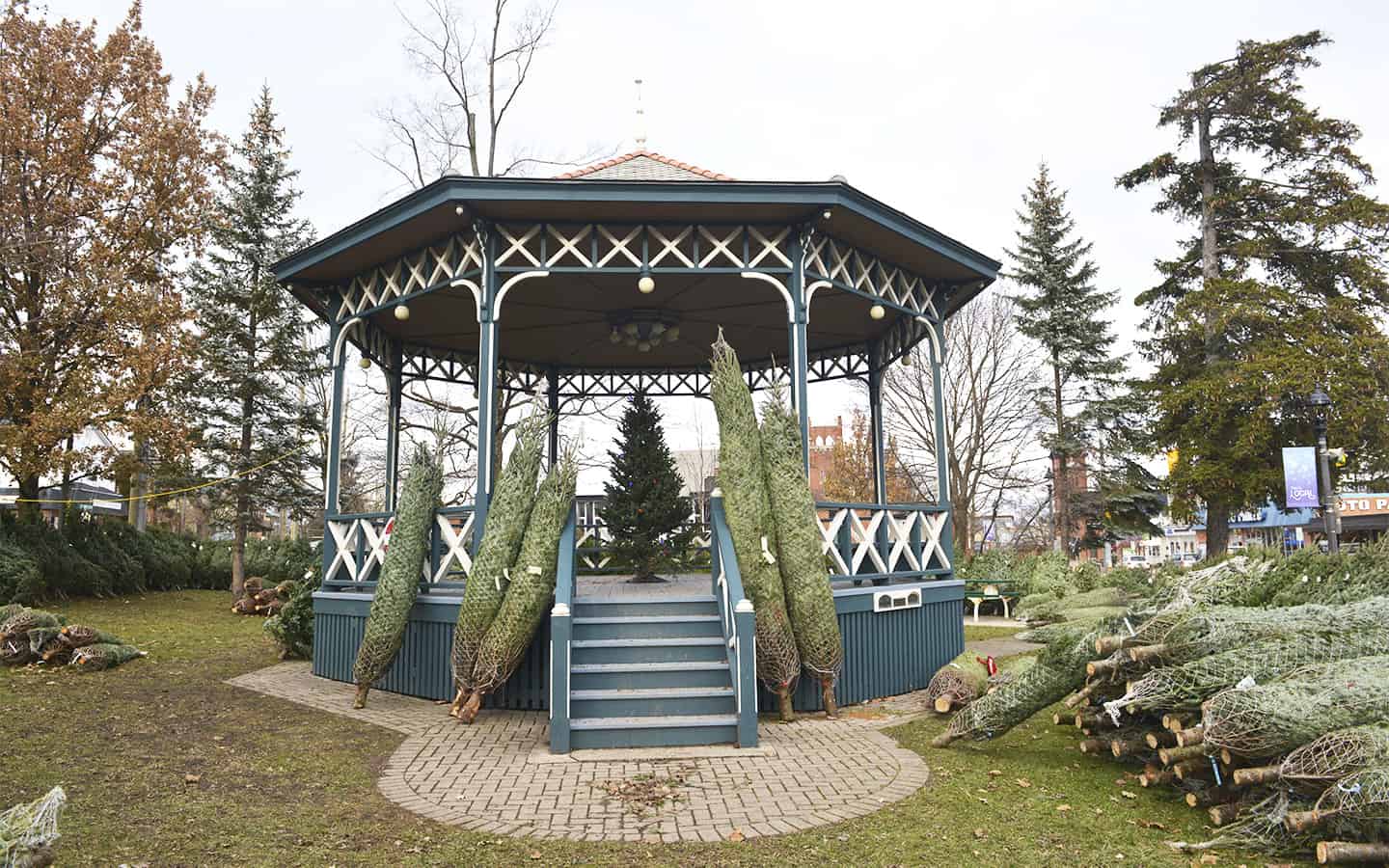Charting a course for growth over the next 20 years, the Region of Waterloo is looking for public input as it drafts a new regional official plan (ROP).
Residents here can have their say in person at an open house set for Dec. 4 (4:30-8 p.m.) at the Heidelberg Community Centre.
The new overarching planning document is intended to map out what the region will look like in terms of housing, transportation, densities and employment lands through 2041, when the population is expected to reach 835,000, up from 535,000 in the 2016 census.
The public input phase of the ROP review is now underway, with those interested in helping frame the discussion encouraged to attend meetings, file comments online or contact regional officials directly.
While planning issues are often dominated by those with self-interested goals, particularly developers, the process doesn’t favour any one group, says Rod Regier, the region’s commissioner of planning, development and legislative service.
“We’re very interested in the public input from all our stakeholder groups,” he said, noting there are many people interested in the future of the region.
“We expect a fulsome debate – a good, robust debate about the ROP review.
“Response has been pretty good so far,” he said of the public input process that got rolling earlier this month.
The current review follows a similar process that dragged on about a decade. The region approved a new official plan in 2011, but protracted legal battles meant the document didn’t kick in until 2015. Many of the delays were caused by developers taking legal action to allow for more sprawl, including a massive expansion out onto the west-side moraine.
Regier said he expects the process to go more smoothly this time, particularly wranglings over suitable development lands.
“We’re fairly confident land budgets will work out in a manner we can support,” he said, noting new rules mean that once the province approves the ROP, it can’t be appealed in the courts.
“I think it will be easier this time around.”
The province itself is something of wildcard, however. The Ford government has stressed an open-for-business philosophy, rolling back some of the controls put in place by the Liberals and indicating a pro-developer stance.
To date, Regier noted, there haven’t been huge changes, so the region will continue with existing provincial policies that look to boost densities in Ontario municipalities.
Higher densities and developing so-called brownfield sites make better use of existing infrastructure, he said.
“It’s much more cost effective to infill.”
Such practices are also in keeping with climate change action, which have demanded a shift in land-use planning. The region has also invested large amounts of money in the LRT and transit, which also benefit from intensification.
Still somewhat beyond the pale is actually curtailing growth, rather than containing sprawl. At this point, each new addition to the population eventually ends up costing the municipality more money – existing residents don’t benefit from growth, rather end up with higher taxes and the fallout from congestion.
But dramatically reducing development would be difficult given the influx of population – municipalities have no control over immigration, nor internal migration – and the vested interests.
“We’re a thriving region. People are coming to the region,” said Regier, noting the conversation should include the negative impacts of growth.
“That’s a worthwhile conversation to have. We do need to take a responsible approach to managing growth in the region.”
The nature of growth is also on the agenda for the region’s lower-tier municipalities. Woolwich, for instance, has seen a steady increase in population, along with a slew of new development.
The township is part of a working group of local municipalities hashing out changes to the ROP, says manager of planning Jeremy Vink. Area planners have been meeting since June in a process that involves ongoing discussions.
Land designation decisions are high on the township’s priority list given increasing demand for housing and employment land, particularly in the Breslau area.
Woolwich is also looking for a resolution for concerns about severances related to schools and churches on Mennonite farm properties, said Vink. Currently, the institutional uses can’t be severed from the farm parcels, meaning their subjected to taxation, unlike schools and churches everywhere else.
Vink also expects to see some Woolwich property owners making the case for their lands to be included on development maps, continuing the boundary rationalization process the township recently carried out. As rural settlements were dropped from that process midstream with the province made changes, he said he can think of some residents who’ll be looking for inclusion in settlements such as Maryhill.
“Those on the outside looking in will have a chance to get their changes,” said Vink. “This is the time to get in with any [additions] people have.”
Now is certainly the time for everyone interested in the future of the area to get involved, agreed Regier.
“The impact of this plan is going to be felt in decades to come,” he said of the ROP.
“Hopefully, people will be interested enough to come out and think about the future.”
The goal is to have the bulk of the review process wrapped up by then end of 2020, with an early 2021 target for council to put the new ROP in place.









